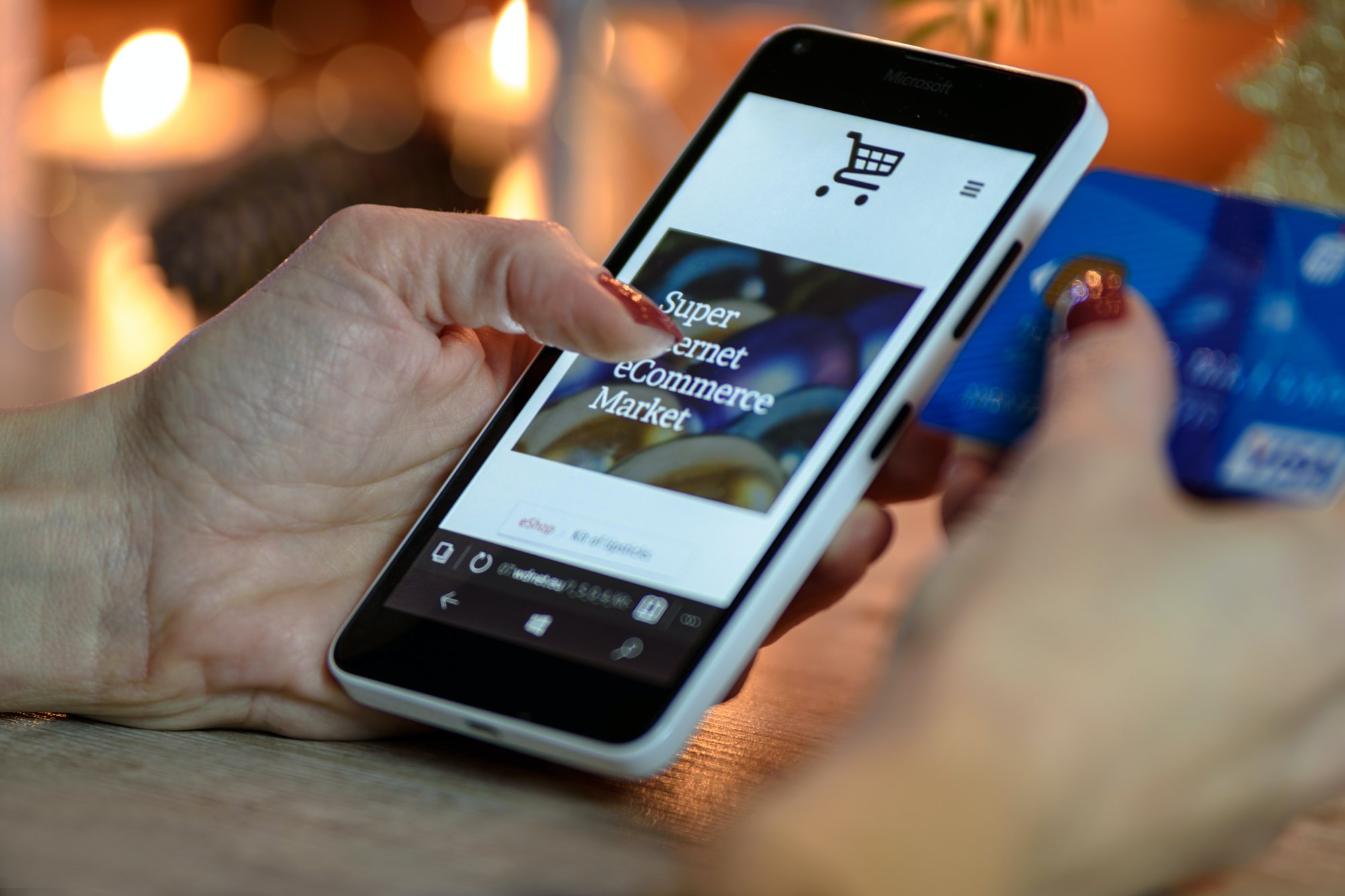Shopping from a digital store is fast, easy, and convenient. The effects of the COVID-19 pandemic have reshaped how consumers purchase goods and services. With many physical stores locked down, millions of consumers have had to turn to eCommerce to meet their needs.
Businesses that were primarily operating offline have had to hastily move online to serve their customers. Those who treated eCommerce as a supplementary side hustle have also had to solidify their online presence. But, it’s not just about being online. With the growing number of online merchants, competition for customers’ attention (and retention) is high.
This may sound like a total elimination of the offline, physical shopping experience, but it’s not. Even though there seems to be no need for physical stores in this digital age, the brick-and-mortar experience has its perks. For one, it is much easier for merchants to influence customers’ buying decisions by appealing to their senses.
To make it easy for customers to buy from your digital store, it is important to deliver a sterling shopping experience. 73% of consumers say a good experience is a major influence on their buying decisions and brand loyalties. In this article, we’ll look at how to recreate the offline shopping experience in your digital store, so that you can keep your customers coming back.
Before that, let’s look at the drawbacks and benefits of in-store shopping and why it is so important to bring these benefits online.
Digital Store Vs In-Store Commerce
Here are some of the pros and cons of doing business in physical stores versus online:

1. Availability
Online stores are available to customers 24/7, so time is not a restriction on purchase. Most physical stores have specific opening and closing times.
2. Options
ECommerce presents consumers with several merchant options for whatever item they need to purchase. Owning an eCommerce store makes it possible to serve customers regardless of their location or yours. With offline shopping, consumers are limited to the stores in their vicinity, or those that they have to travel to.
3. Cost Efficiency
Running a physical store incurs massive overhead costs such as rent, utility, maintenance, and more. With a digital store, you can avoid those expenses. You may have to spend on eCommerce optimization to get your store the reach it deserves, but you would still be saving big bucks.
As for the customer, shopping in physical stores saves the cost of shipping fees that they would otherwise pay on digital stores.
4. Time Consumption
In digital stores, consumers can do a quick price comparison from competing merchants and reach a purchase decision quickly. Doing that offline would require a couple of drives to and from different locations to physically inquire about prices.
However, physical stores also save time in their own way as customers can take their purchases with them immediately. Shopping on digital stores usually requires waiting for a few days (or weeks) for your order to be delivered to your location.
5. Convenience
This is arguably the best part of online shopping. Consumers can purchase products and services from the comfort of their homes with minimal effort, and have them delivered to their doorstep.
6. Decision Making
Physical stores have a tangible element to them that helps consumers make more confident purchase decisions than on digital stores. In-store, buyers can see, touch, feel and even try on products that they are interested in. This translates to less error in judgment. Both merchant and consumer save the cost and effort of returning or swapping items, which happens frequently with online purchases.
It is evident that the way to create a successful eCommerce business is to merge the perks of offline shopping with the ease of shopping in digital stores. Let’s look at 4 ways to do that.
How to Recreate the Offline Shopping Experience in a Digital Store
Make It Personal
What’s the first thing you encounter when you’re shopping in a physical store? We’ll take a good guess and say: a smiling shop assistant. They give you a warm welcome and make sure that you find what you need in the store. These assistants also act as the point of contact for building a relationship with the brand. They can learn consumers’ needs and shopping habits and provide upsell or cross-sell recommendations based on that knowledge.
An excellent website is the digital equivalent of a great shop assistant.
According to Invescpro, online shoppers are more likely to return to a digital store that delivers a personalized experience.
Of course, you can’t physically see your eCommerce customers, but you can learn about them based on their behavior in your digital store. You can gather basic information such as location, age, gender, and size, as well as more in-depth behavior like shopping habits, shopping history, and average spending.
Armed with these insights, you can curate specific experiences for each customer. You can customize their interface to display products that they are likely to be interested in, or what is suitable for their demographic. This is a proven way to increase conversion and subsequently, revenue, and isn’t that the point?
Create an Immersive Experience
As we discussed earlier, one of the major perks of shopping offline is getting to really interact with the product before purchasing. Customers can roam isles and feast their eyes on the options, many times even picking a couple of items that they didn’t plan to.
It is important to create an interface that makes it incredibly easy for customers to browse available options. This includes sorting into categories, allowing consumers to search with images, and providing detailed product information.

Consumers that shop for clothing online, for example, need accurate sizing parameters so that they can choose items that truly fit. It is also important to indicate sizing variations according to location or other factors, which is something common with clothing shopping as well. For instance, China uses different size 8 metrics than the UK.
If you have the budget to take things to the next level, you could incorporate AI-powered try-ons, like UK-based online fashion retailer ASOS is doing. That kind of advanced AI is still relatively new to eCommerce, so it may not be as perfect as trying on a piece of clothing in person, but it is a sure step towards facilitating a better virtual shopping experience.
Add Social Proof
Word-of-mouth is a significant influence on purchase decisions. Consumers, whether online or offline are more likely to purchase a product that other consumers have used and vouched for. In the same vein, they are more likely to stay away from a product with bad reviews.
Fortunately, it is more feasible to implement customer feedback as social proof on digital stores than it is in offline stores. In-store, consumers can inform shop assistants what they think of the shopping experience but these conversations rarely have a lasting impact.
Online, you can use customer reviews to gain useful insight into consumer sentiment and create social proof that will drive sales.
Prioritize Customer Support
Finally, another great way to recreate the offline shopping experience in your digital store is to retain the human touch. At the end of the day, your customers are not just numbers on a screen or lines on your revenue chart. They are actual people with hopes and feelings, and it will do your brand a world of good to treat them as such. 93% of people are more likely to make repeat purchases from brands with excellent customer service.
Equip your customer service staff to be as responsive and up-to-date as possible.
Introduce live chat to let shoppers get answers right away, and you can use it as another touchpoint to create relationships with your consumers.
Also, make it simple for consumers to talk to a member of your staff, rather than a chatbot, who offers cold and generic computer-generated responses.
Get the Best of Both Worlds
ECommerce is our new normal, so it is important to optimize the quality of the customer experience on your digital store. Utilize visual merchandising to increase your business’ bottom line. Contact us today to help you automate and simplify the management of your digital store-front.



